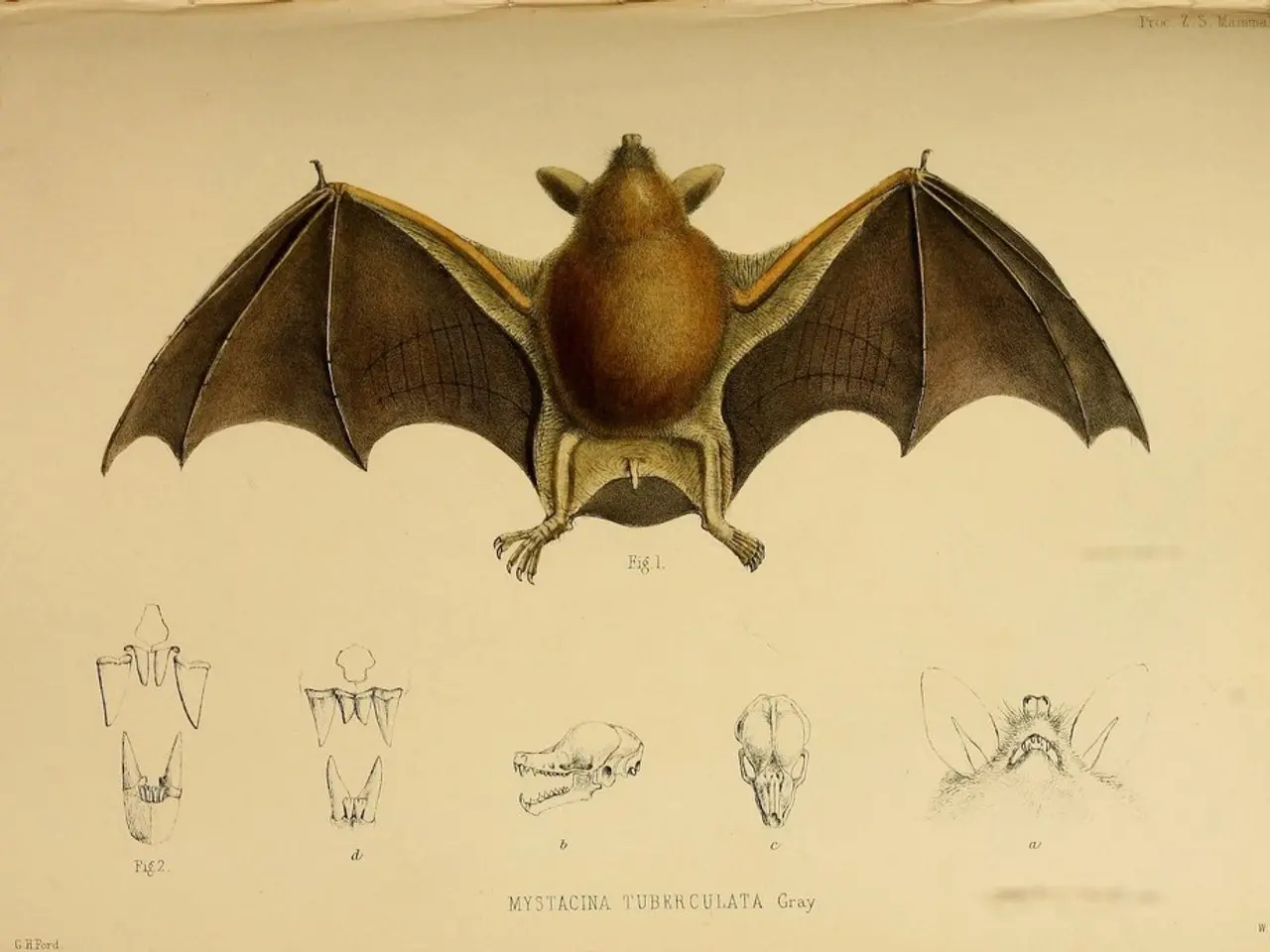U.S. Commerce Department Imposes High Anti-Dumping Tariff of 93.5% on Chinese Anode Graphite Exports
Headline: U.S. Imposes Preliminary Anti-Dumping Duties on Chinese Anode-Grade Graphite: Implications for EV Battery Market
The U.S. Commerce Department has imposed preliminary anti-dumping duties of 93.5% on anode-grade graphite imported from China, a move aimed at addressing unfair pricing and government subsidies that allegedly harm U.S. graphite producers. These duties are part of a broader strategy to diversify supply chains and support domestic production of critical minerals essential for clean energy transition.
The tariffs target a critical material for electric vehicle (EV) batteries, as graphite is the key component of battery anodes in nearly all lithium-ion EV batteries. The duties apply to synthetic graphite, natural graphite, or a blend of the two, and affect roughly $350 million of annual graphite imports.
Impact on the EV Battery Market
The tariffs will substantially increase the cost of battery production. CRU Group analysis suggests that these duties add about $7 per kWh to EV battery manufacturing costs, translating into roughly $420 extra for standard 60 kWh battery packs and $700 extra for premium 100 kWh packs used in longer-range models. This cost increase is significant, representing about 20% of the battery manufacturing tax credits under the Inflation Reduction Act, and could either reduce manufacturer profit margins or increase EV prices for consumers.
The duties affect a range of Chinese manufacturers, with some firms facing even more punitive levies above 700%, potentially shutting them out of the U.S. market completely. This is expected to drive shifts in global graphite supply chains.
The Petitioner Coalition
The petitioner in both the anti-dumping and anti-subsidy cases is an ad hoc coalition of U.S. producers, specifically: Anovion Technologies of Sanborn, New York, Syrah Technologies LLC of Vidalia, Louisiana, Novonix Anode Materials (NVX.AX) of Chattanooga, Tennessee, Epsilon Advanced Materials of Leland, North Carolina, and SKI US Inc of Marietta, Georgia. Novonix Anode Materials, a publicly traded company, is one of the members of the petitioner coalition.
A separate but parallel anti-subsidy investigation into Chinese anode-grade graphite materials by the Commerce Department resulted in a preliminary countervailing duty of 6.55% for most producers, but 712.03% for Huzhou Kaijin New Energy Technology Corp and 721.03% for Shanghai Shaosheng Knitted Sweat.
The duties are a single anti-dumping margin and cash deposit rate for all Chinese producers, imposed due to the conclusion that the materials are being sold in the U.S. at less than fair market value. The petitioner coalition in the cases is composed of U.S.-based anode material producers, with members including Anovion Technologies, Syrah Technologies LLC, Epsilon Advanced Materials, Novonix Anode Materials, and SKI US Inc.
The final anti-dumping and anti-subsidy duties for the material are due by December 5, 2025. The provisional rates are already having tangible effects on supply chain planning and costs in the EV battery sector. The U.S. government emphasizes reducing strategic vulnerabilities caused by dependence on Chinese graphite and boosting domestic mining and processing investment. However, industry groups representing U.S. EV manufacturers such as Tesla and Panasonic have opposed the tariffs, citing insufficient domestic supply at required quality and volumes.
- The preliminary anti-dumping duties on Chinese anode-grade graphite could have a substantial impact on the finance sector, as battery manufacturers may need to allocate more funds to cover increased production costs, which could be passed on to consumers.
- The imposition of anti-dumping duties on Chinese anode-grade graphite signals a shift in the technology and business landscape, as it encourages innovation and investment in domestic graphite production, with the potential to disrupt existing supply chains in the industry.




